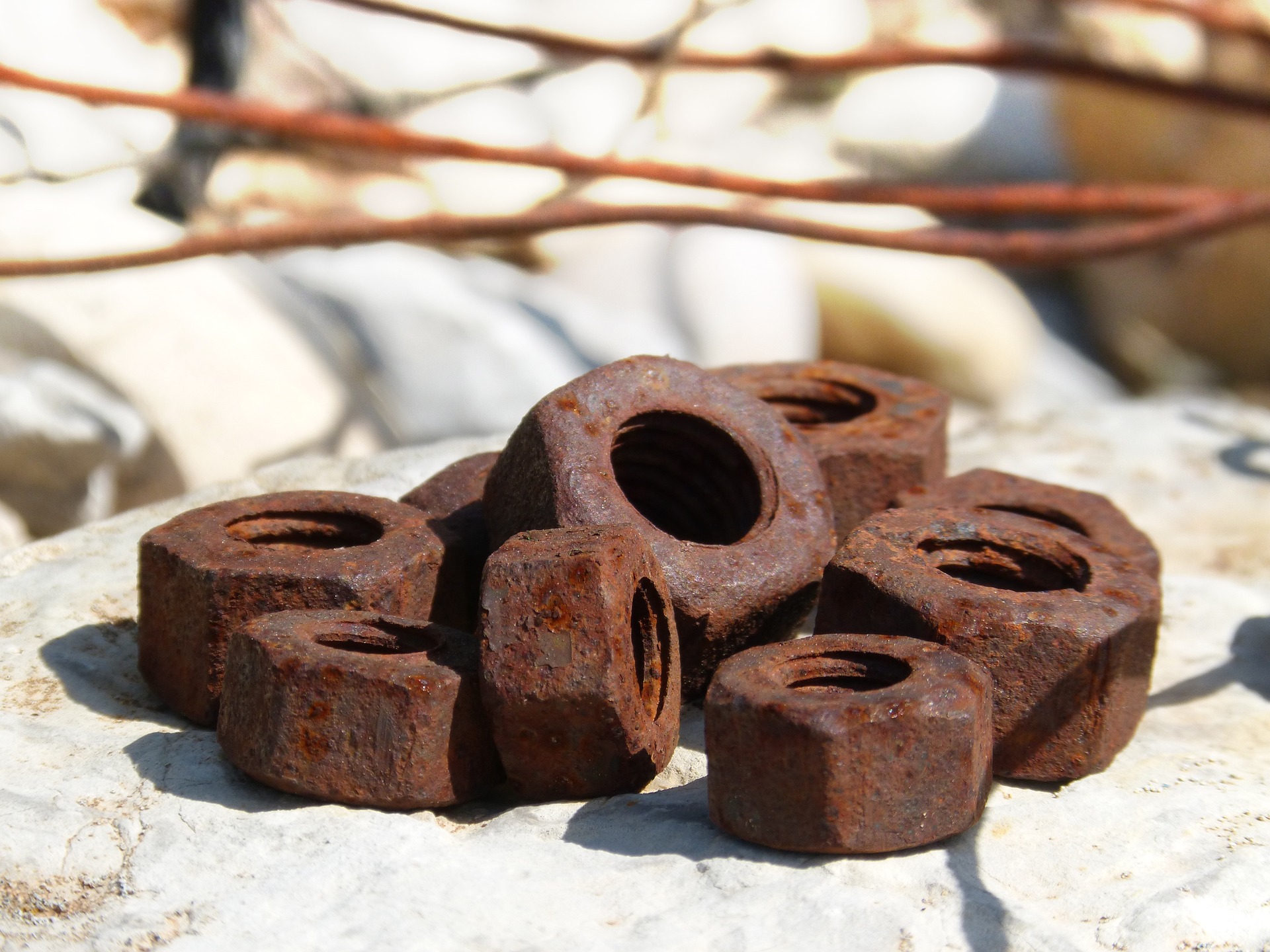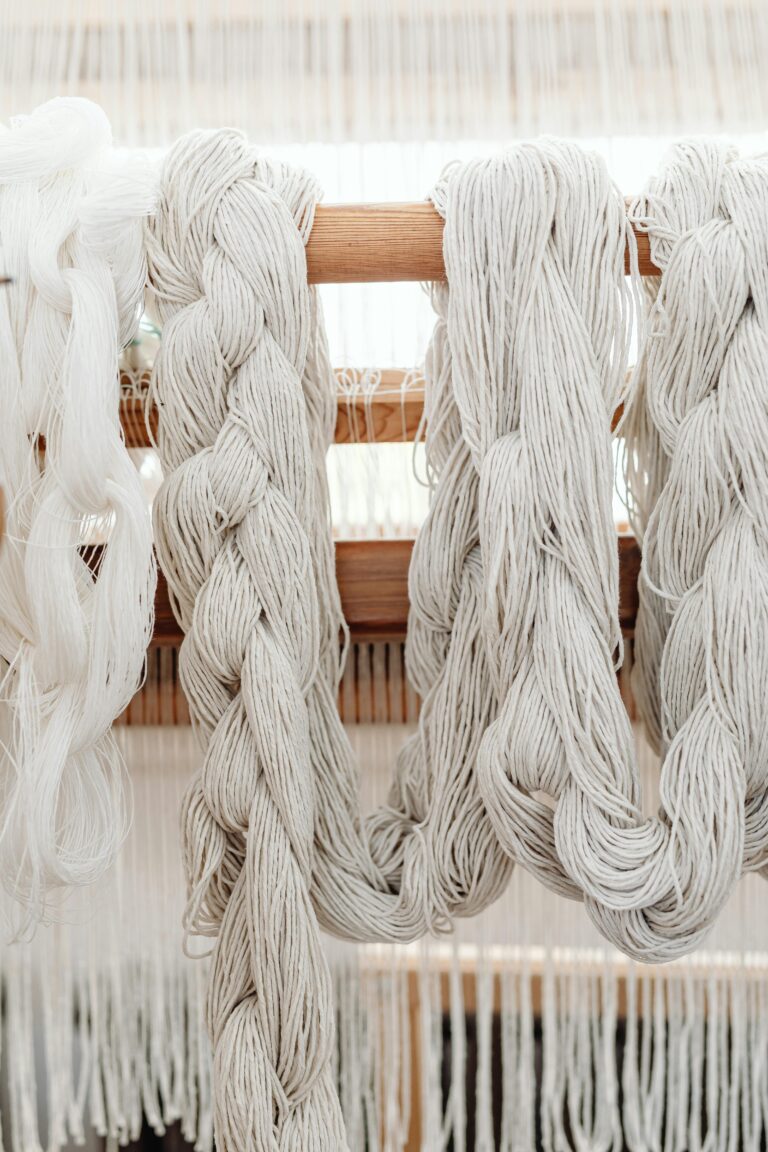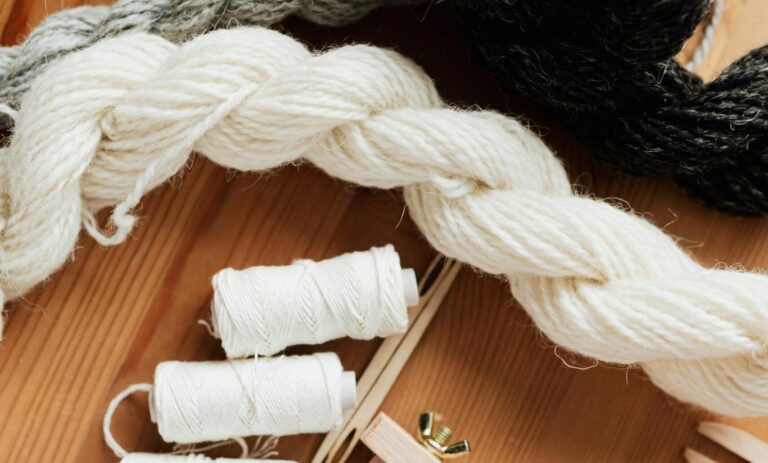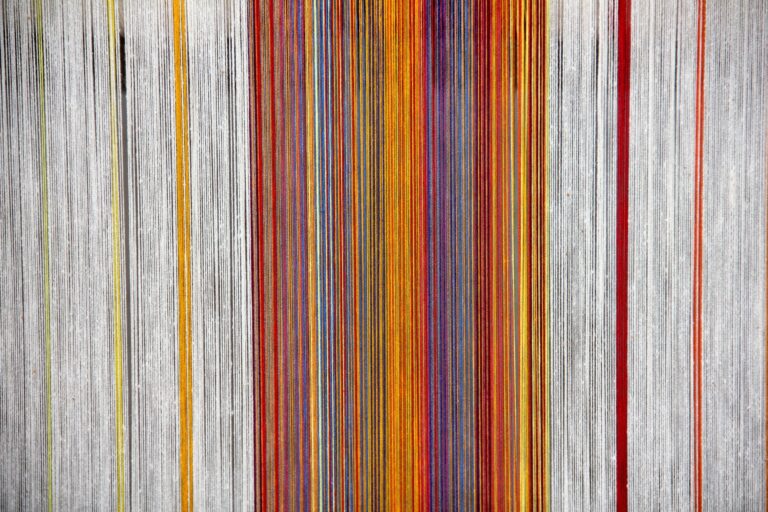Mordanting Protein Fibres with your own Iron Mordant

Add some variety in your natural dyeing by making your own iron mordant.
Mordanting
This is the process of preparing your fibre to receive the dye on a chemical level. It usually involves the use of a metal compound which helps the dye adhere and stay onto the fibre. It also helps to stabilize the dye so that it has less chance of fading through sunlight or washing.
Always ensure when dyeing of any nature, to keep all saucepans and utensils used in the process, separate from your general cooking supplies. You do not want to cook with anything that has been used to mordant your fibres. You should also wear gloves while handling your chemicals.
An Iron mordant will normally darken and dirty your dye colour. It is a great way to get a bigger range of colours from your dye stuff.
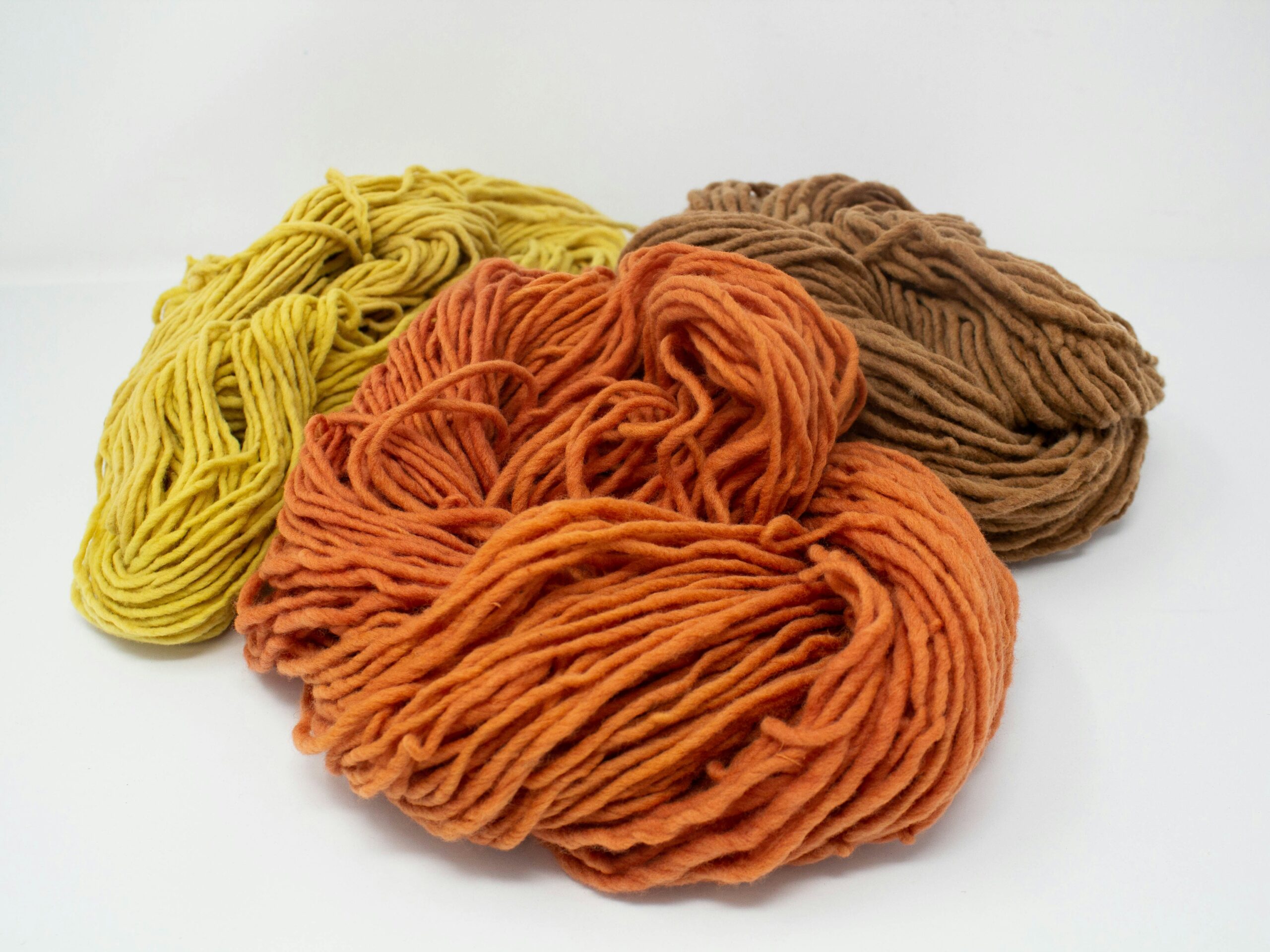
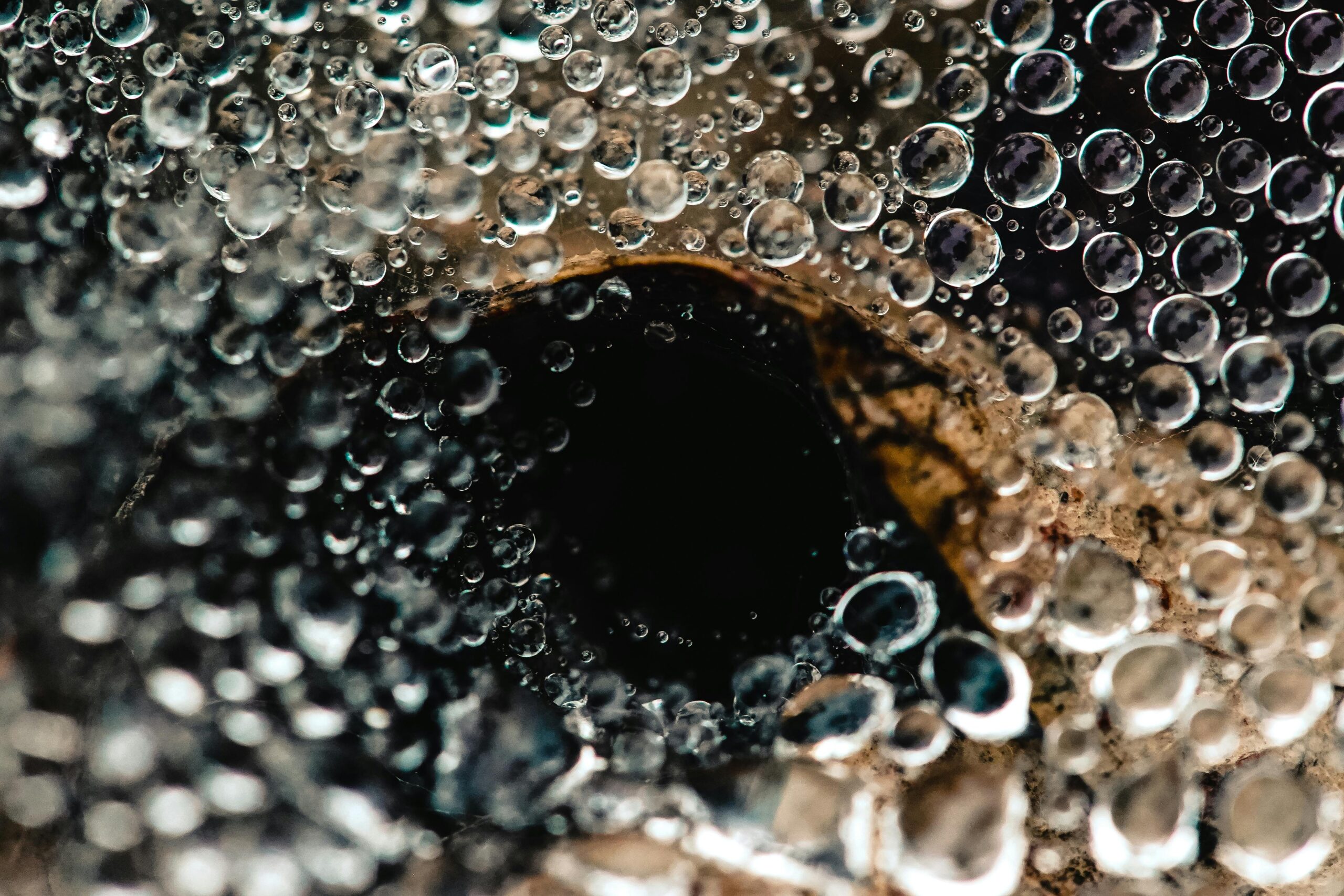
Washing your fibre is the first stage of your fibre preparation. The technical term is scouring and is slightly different depending on whether you are going to dye protein or cellulose fibres.
Make your own Iron Mordant
You can purchase chemicals to make iron mordant, but it is so easy to make your own, why not give it a try.
All you need is a large glass jar (this one is 3 litres) , some water and some rusty objects.
You can really use anything that is made from iron and rusty. Nails, chain, bolts, wire, really anything you can find. If you don’t have anything lying around the house, try a salvage yard or some second hand markets. As long as your iron fits into your jar it will work.
So now all you need to do is put your rusty objects into the jar and fill with water. Leave it out in the sun, and within a few weeks you should start to see your water changing colour with the iron.
I have had this jar going for about 3 months. I have been using the water out of it for about 2 and half months and I just simply top up with water as I use it.
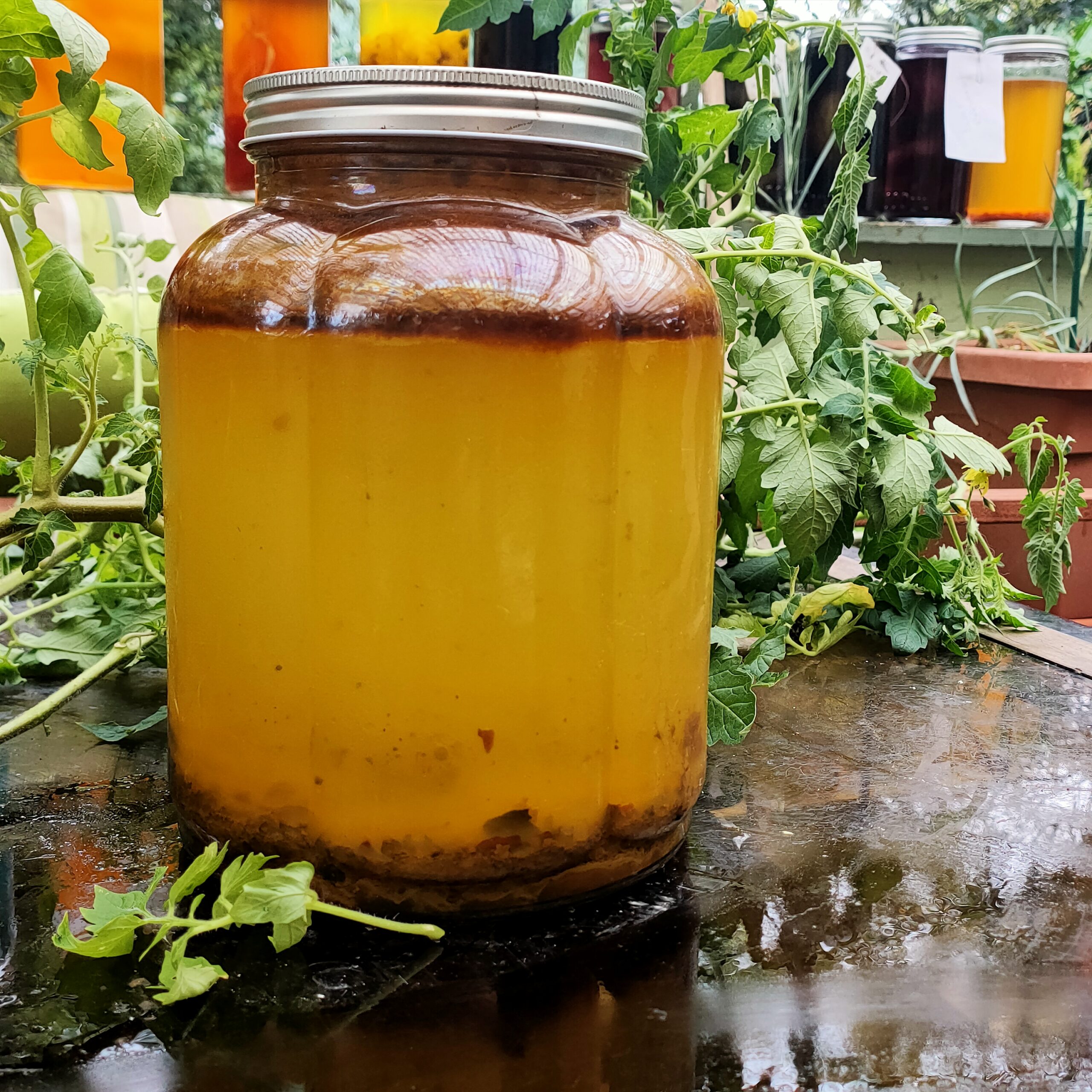
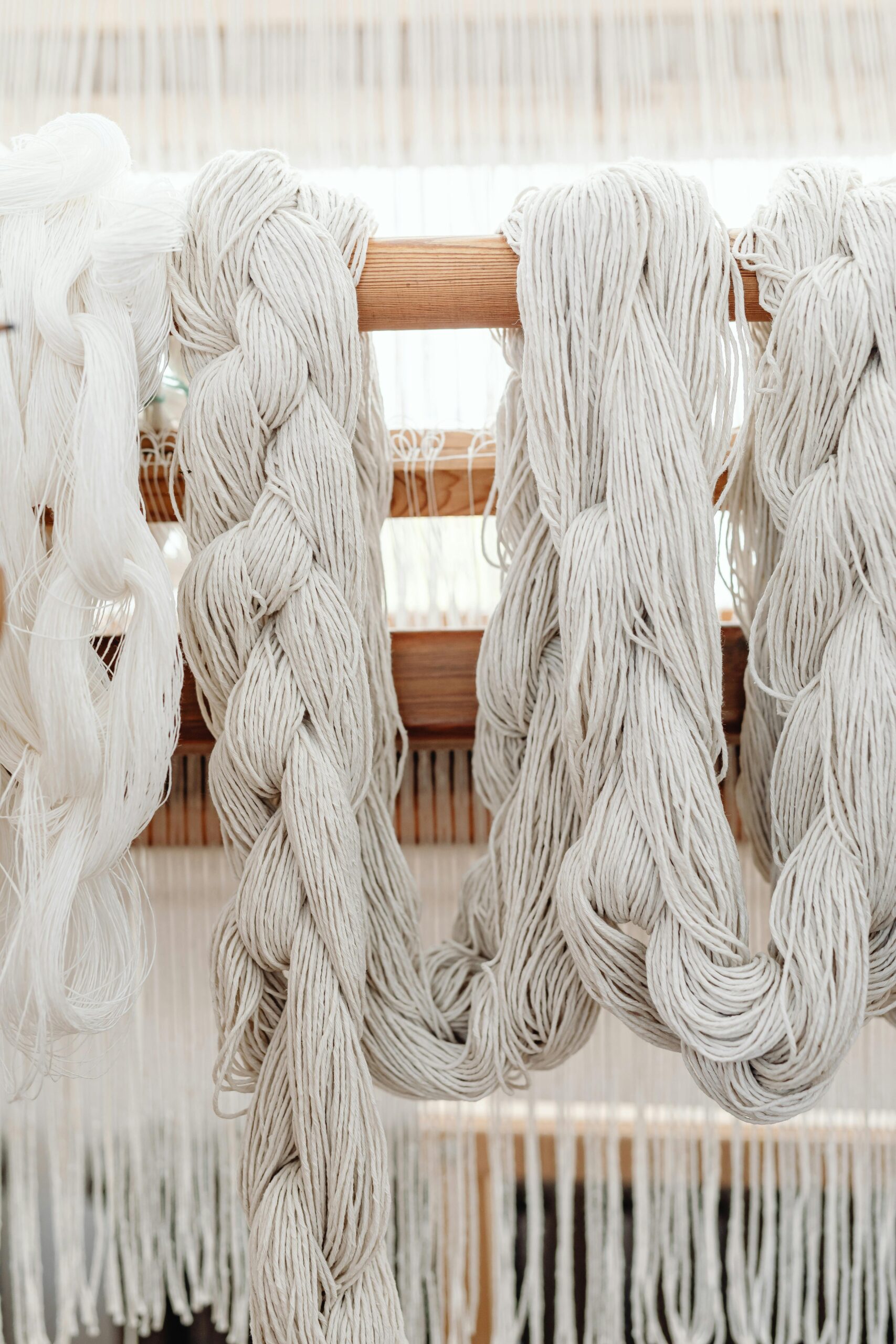
Mordanting–What will you need?
Saucepan- large enough that your fibres can move gently through the water
Water
Washed Fibre- Your fibre should be wet when added to the pan. You can mordant your fibre straight after washing and rinsing. If you have previously dried your fibre after washing, place it in a bowl of water for half an hour to get the cells open and ready for the mordant.
Iron water as made above
Thermometer
Measurements.
The first thing you will need to do is weigh your fibre. You will need to know how much fibre you have, to determine how much iron mordant to use. This measurement is called WOF (weight of fibre)
In most instances you will need 1 cup of iron mordant to 150g of fibre.
Process using your iron mordant your protein fibres
The process is pretty much the same as with your alum mordanting.
Step 1: Place enough water in your saucepan so your fibres can move freely
Step2: Add your iron water and stir.
Step3: Gently add your wet fibres and take to the stove. Place a thermometer into the pan.
Step 4. Turn your stove top on and allow the water to get to 80 degrees Celsius (176 Fahrenheit).
Step 5. Leave your fibre for 40 min at 80 degrees. Do not allow your water to boil! If you are mordanting wool it will start felting when in boiling water.
Step 6. Turn your heat off and leave the pan on the stove top to cool down. You want your fibre to cool down gradually.
You can leave the fibre in the saucepan overnight for a bit of extra time in the mordant. As you can see in the jar above, my iron water is quite strong. so I tend to rinse the fibre as soon as the water has come down to tap water temperature.
Rinse your fibre. You can now move on to dying your fibre or let it dry before putting it away for future use.
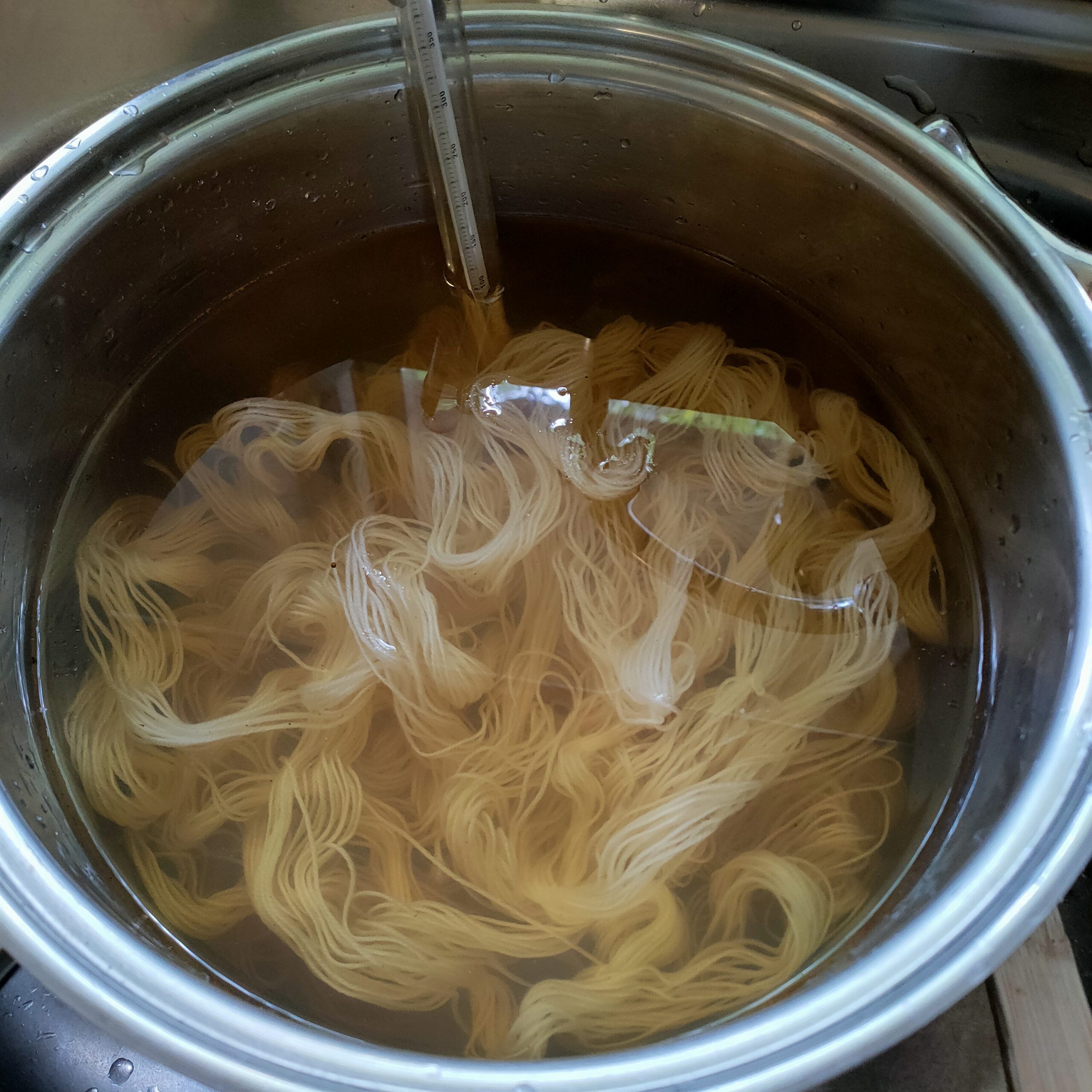
Join us on Instagram www.instagram.com/DyetoCraft
Etsy Shop Now open
If you like the idea of using organic naturally dyed threads in your craft but just don’t have the time, come and have a look at our Etsy Shop where you will find an array of beautiful colours provided by nature.

